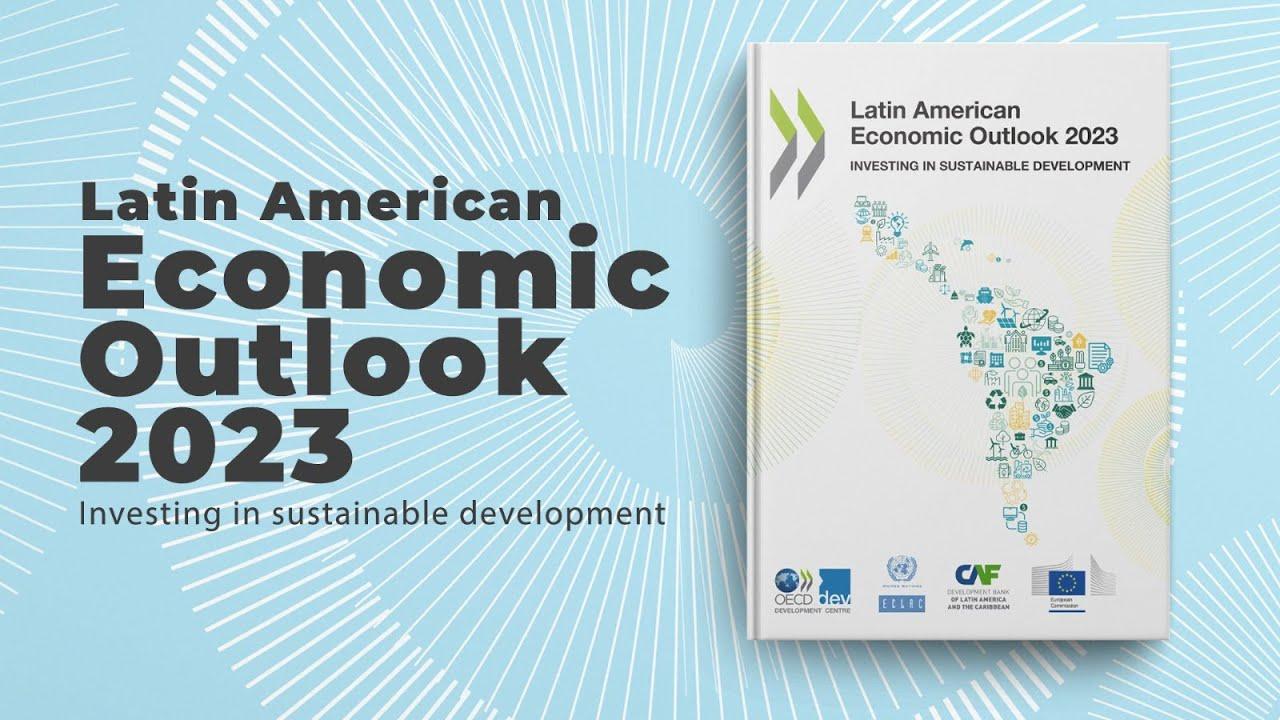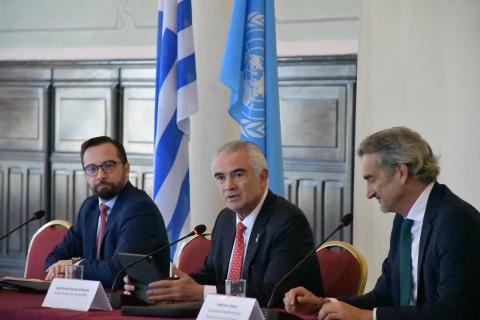video
(23 October 2012) Inflows of foreign direct investment (FDI) to 17 of the region's countries rose by 8% in the first six months of 2012 (compared with the year-earlier period) to stand at 94.331 billion dollars, according to figures released today by the Economic Commission for Latin America and the Caribbean (ECLAC).
At the same time, investment by Latin American enterprises abroad (or trans-Latins) surged by 129% in the first half of the year.
The rise in FDI income is attributable to economic buoyancy and stability in most countries and high commodity prices, which continue to encourage investment in mining and hydrocarbons (particularly in South America).
The general overview of FDI inflows to the region is uneven to some extent, with falls registered in several countries. However, the strong climb in investment in Chile, Argentina, Dominican Republic, Peru and Colombia give an overall positive result. This combines with the relatively stable flows to Brazil (which dipped slightly by 2%), which accounts for 46% of the FDI received by the region in 2012 and makes it the main recipient in Latin America and the Caribbean.
Chile is also consolidating its position as a major recipient of FDI: in the first half of the year it was the second largest recipient in the region.
In the first six months of the year, Mexico received 19% less FDI than in the previous year. This trend will be reversed in the second half of the year, with the inclusion of the 20.1 billion dollars that the Belgian brewery AmBev paid for the Grupo Modelo. In the first half of the year, the same company bought the Dominican Republic's main brewery- Cervecería Nacional Dominicana (CDN)- for 1.0 billion dollars. This transaction explains the surge in investment inflows into the Dominican Republic (the Caribbean's main recipient).
In Central America, Panama and Costa Rica received similar flows to last year. Guatemala posted an increase of 47%, while El Salvador and Nicaragua saw inflows fall by 60% and 20%, respectively (in relation to the first half of 2011, when both countries' inflows were exceptionally high).
According to ECLAC, by the end of 2012 the region's FDI inflows as a whole will continue to follow the above-mentioned trends, which confirms May's estimates of a moderate increase.
The significant rise in trans-Latin investments, which fell in 2011, was mainly due to Mexican and Chilean enterprises, which in the first six months invested 11.499 and 10.239 billion dollars abroad, respectively (similar to the amounts invested during the whole of 2011).
Brazilian trans-Latins continue the trend seen in 2011, with significant transfers from subsidiaries abroad to parent companies, which results in a negative balance for FDI abroad.
The information for 2012 confirms that the process of business internationalization remains concentrated in a small number of countries and sectors, which results in highly volatile aggregate flows over time. Despite this, since the middle of the previous decade there has been a process of increased activities abroad on the part of trans-Latins.
See also:
Any queries should be sent to the ECLAC Public Information and Web Services Section.
E-mail: prensa@cepal.org, Telephone: (56 2) 210 2040.
Follow us on: Twitter, Facebook, Flickr and YouTube.


